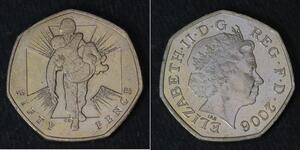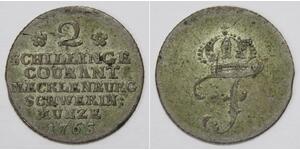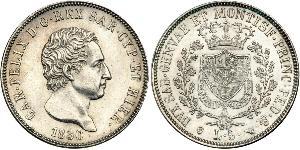[ 2684] Julian II, the Philosopher, 361-363 A.D. Bronze AE1 (28mm, 7.84 gr.), Sirmium, 361-363 A.D. Reference: RIC 107 FL CL IVL-ANVS P F AVG, pearl-diademed, draped & cuirassed bust right. Bull standing right, two stars above; star-ASIRM-palm branch in ex. Provided with Certificate of Authenticity. CERTIFIED AUTHENTIC by Sergey Nechayev, PhD - Numismatic Expert Julian the Apostate, or Julian the Philosopher (331/332 – 26 June 363, Greek:Ιουλιανός), was Roman Emperor (Caesar, November 355 to February 360; Augustus, February 360 to June 363), last of the Constantinian dynasty. Julian was a man of "unusually complex character": he was "the military commander, the theosophist, the social reformer, and the man of letters". Julian was the last non-Christian ruler of the Roman Empire and it was his desire to bring the empire back to its ancient Roman values in order to save it from "dissolution". He purged the top-heavy state bureaucracy and attempted to revive traditional Roman religious practices at the cost of Christianity. His rejection of Christianity in favour of Neo-Platonic paganism caused him to be called Julian the Apostate by the church, as Edward Gibbon wrote: In 363, after a reign of only 19 months as absolute ruler of the Roman Empire, Julian died in Persia during a campaign against the Sassanid Empire. // Flavius Claudius Julianus, born in May or June 332 or 331 in Constantinople, was the son of Julius Constantius (consul in 335), half brother of Emperor Constantine I, and his second wife, Basilina, both Christians. His paternal grandparents were Western Roman Emperor Constantius Chlorus and his second wife, Flavia Maximiana Theodora. His maternal grandfather was Julius Julianus, praetorian prefect of the East under emperor Licinius from 315 to 324 and consul after 325. The name of Julian's maternal grandmother is unknown. In the turmoil after the death of Constantine in 337, in order to establish himself as sole emperor, Julian's zealous Arian Christian cousin Constantius II led a massacre of Julian's family. Constantius II ordered the murders of many descendants from the second marriage of Constantius Chlorus and Theodora, leaving only Constantius and his brothers Constantine II and Constans I, and their cousins, Julian and Gallus (Julian's half-brother), as the surviving males related to Emperor Constantine. Constantius II, Constans I, and Constantine II were proclaimed joint emperors, each ruling a portion of Roman territory. Julian and Gallus were excluded from public life and given a strictly Arian Christian education. Initially growing up in Bithynia, raised by his maternal grandmother, at the age of seven he was under the guardianship of Eusebius of Nicomedia, the semi-Arian Christian Bishop of Nicomedia, and taught by Mardonius, a Gothic eunuch, whom Julian wrote warmly of later. After Eusebius died in 342, both Julian and Gallus were exiled to the imperial estate of Macellum in Cappadocia. Here Julian met the Christian bishop George of Cappadocia, who lent him books from the classical tradition. At the age of 18, the exile was lifted and he dwelt briefly in Constantinople and Nicomedia. He became a lector, a minor office in the Christian church, and his later writings show a detailed knowledge of the Bible, likely acquired in his early life. (Looking back on his life in 362, Julian wrote, in his thirty-first year, that he had spent twenty years in the way of Christianity and twelve in the true way (ie the way of Helios).) Julian studied Neoplatonism in Asia Minor in 351, at first under Aedesius, the philosopher, and then Neoplatonic theurgy from Aedesius' student, Maximus of Ephesus. He was summoned to Constantius' court in Milan in 354 and kept there for a year; in the summer and fall of 355, he was permitted to study in Athens. While there, Julian became acquainted with two men who later became both bishops and saints: Gregory of Nazianzus and Basil th ...
voir plus
Similar Coin Groups
2025-05-23
- New coin is added to 5 Lira Italian city-states Argent Charles-Félix de Savoie
5 Lira Italian city-states Argent Charles-Félix de Savoie
Le groupe a 18 pièces / 16 prix
⇑
Italian States - Sardinia. 5 Lire, 1830-P. Dav-135; KM-C105.1; Pagani-79a (R2). Mint mark, Eagle head. Carlo Felice. NGC graded Uncirculated, Details (Surface Hairlines). Estimated Value $300 - ...
2025-05-24
- Historical Coin Prices
Vous pourriez être intéressé par...























